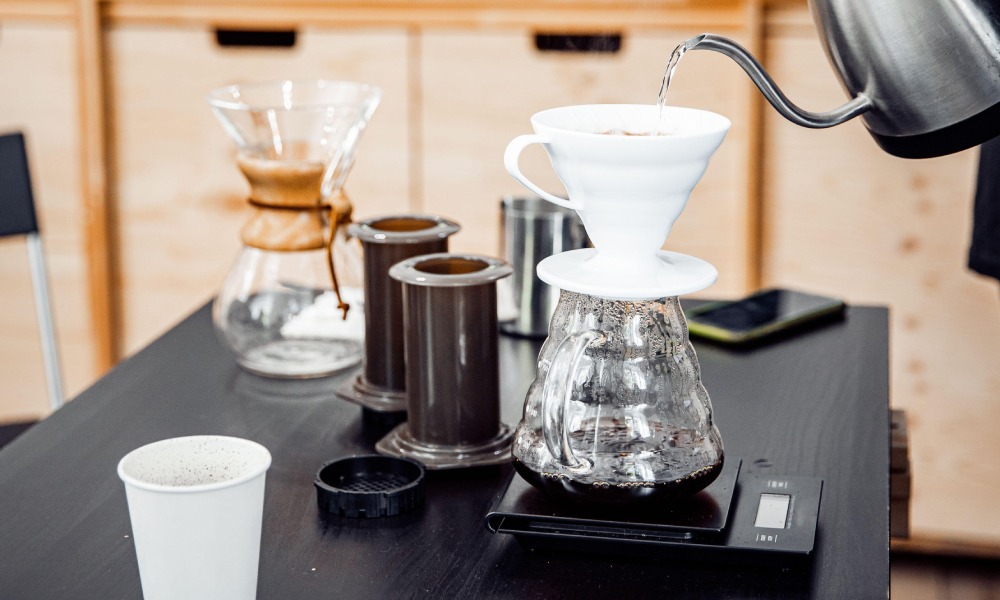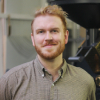Do refractometers have a place in coffee shops?
Jordan Montgomery speaks with Izabela Fortini to explore whether or not refractometers have a legitimate place in specialty coffee shops
In recent years, advancements in automation, measurement tools and brewing equipment have not only enabled better workflow but also a more thorough understanding of coffee’s behaviour when we brew it.
Some quality assessment methods based around cupping have allowed actors across the industry to attribute a numerical score to coffee. However, these protocols often rely on years of practice and proper taste calibration, which can be variable, time-consuming and subject to unconscious biases.
In 2008, technology company Voice Systems Technology (VST) Inc. began releasing products targeted at the coffee industry. Among these was the LAB Coffee Refractometer, a device that enables the user to measure the extraction and total dissolved solids (TDS) of liquid coffee – providing a more scientific approach.
They work by measuring the deflection of light as it passes through an object. By observing how light refracts as it touches the coffee, a refractometer provides a TDS measurement, which can be used to establish the percentage extraction yield, or the percentage of extracted material within the total brew liquid.
This can give a barista quick and precise insight into their extraction, and generally allows a deeper understanding of what occurs during the brew process.
Prior to recent rule changes, refractometers measured the TDS of each coffee and ensured consistency at the World Brewers Cup Championships.
Given their usefulness in elevating quality and improving consistency, it would make sense for refractometers to be a common tool used in coffee shops. So why is this not the case?

Refractometers’ place in coffee shops
Over the years, an increasing number of tools have found their way onto coffee bars across the specialty sector. Distribution tools and automatic tampers help to improve extraction and consistency, for example. However, despite their shared purpose, coffee refractometers are nowhere to be seen.
“It can be that using the refractometer can slow down the workflow, especially in busy shops,” says Izabela Fortini, international sales manager at The Barn. “In my experience, it is mostly used only during the development of a new recipe, and for the quality control of these recipes, but not usually when the shop is busy.”
Using coffee refractometers is relatively straightforward, but it does require training. The protocol to ensure accurate measurements, as well as proper refractometer maintenance, may make it impractical for some coffee shops without the necessary time and resources for such training. Despite this barrier, Izabela believes the investment in staff training is worth it.
“Investing in good personal and on-site training is the key to a successful coffee shop, and in my experience the more the baristas learn, the more they fall in love with the product,” she says. “And this always makes them care for the quality.”
While not ubiquitous across the sector, certain specialty coffee shops have made this investment. However, with the growing presence of autonomous technology, we may begin to see fewer and fewer refractometers.
A recent report estimates that automation in the coffee industry will be worth over £3 billion in the next three years. This indicates a growing preference for a more efficient workflow and a systematic approach to quality – in contrast to the manual approach a refractometer represents.
Is it not more about taste?
Many would argue that the numbers provided by a refractometer are less important than the actual taste of the coffee.
Furthermore, as specialty coffee expands into new audiences and attempts to shed its “elitist” reputation, it could be considered misguided for refractometers and TDS measurements to dictate what “quality” is, rather than the preferences of consumers.
For many, however, it’s not one or the other. On the contrary, refractometers can be a useful tool in reaffirming quality and taste assessments, or to help train new baristas.
“I think that for quality control and for learning this tool is essential,” says Izabela. “Nevertheless, learning how to taste and being able to understand extraction is something that all good baristas need to know how to do.”
“I believe that taste is always more important, when you have a good barista they will use it as a tool to help. When the barista is not so experienced they will use it as a tool to learn, making the refractometer a very important tool to have in a quality coffee shop.”
As such, the usefulness of refractometers in coffee shops depends on what they are used for, and how they are integrated into training, service, and quality assessment.
“Using refractometers when you are dialling in your espresso in the morning is very important, and of course during the training of new baristas and new coffee recipes,” Izabela says.
“I believe that the refractometer can help with quality control and consistency of the recipes on a day-to-day basis. In the long term, it helps with optimisation of recipes, and helps new baristas to understand extraction and how to taste the coffee.”
Ultimately, the best approach will vary from one coffee shop to another – depending on their unique needs, and their capacity to incorporate the tool into their operations.
“I think the refractometer is important and will continue to be very important in the future,” Izabela says. “Even with new equipment, we will always need the baristas to know how to taste and this tool is excellent to help us learn and keep us calibrated.”








